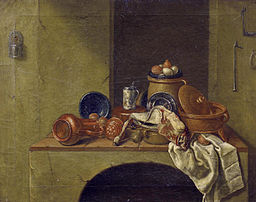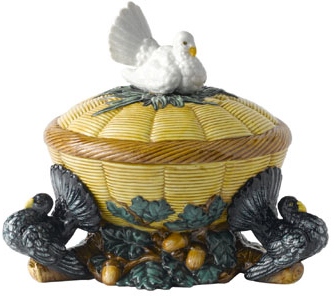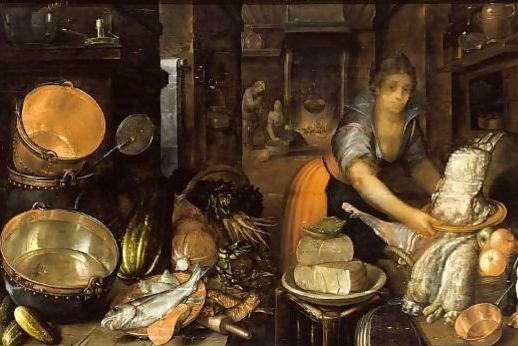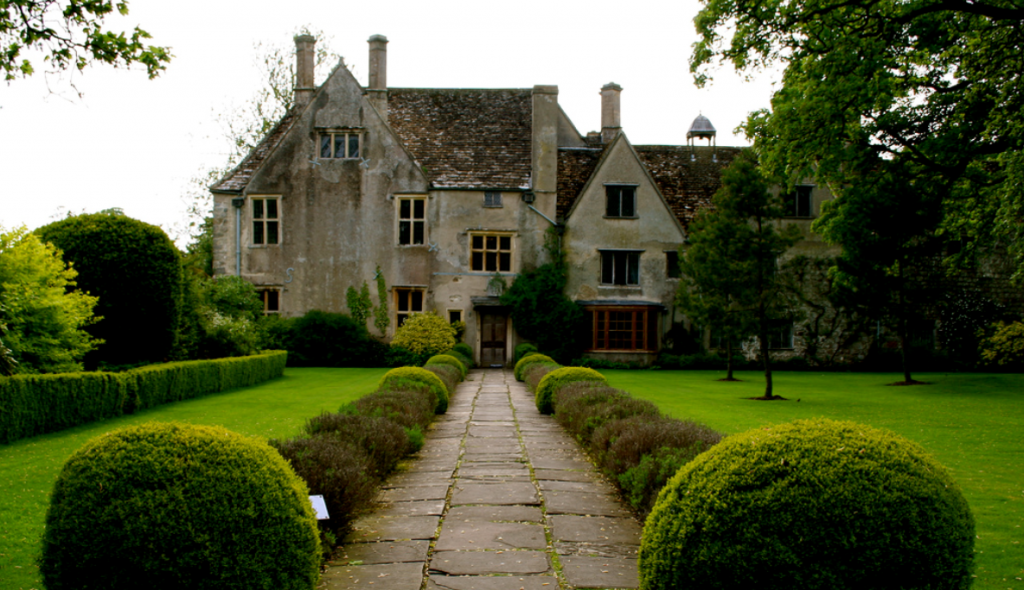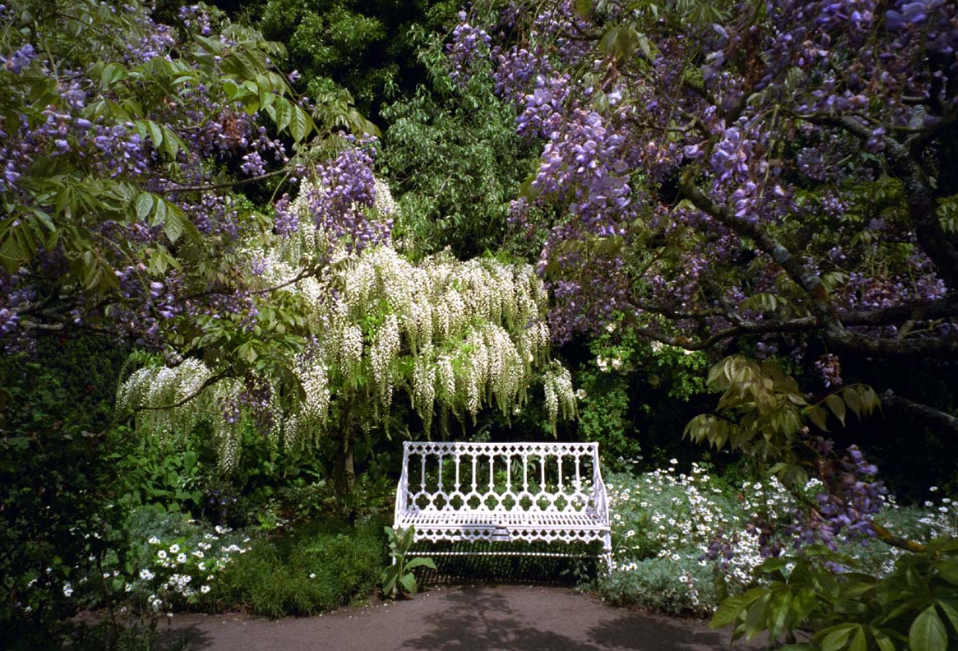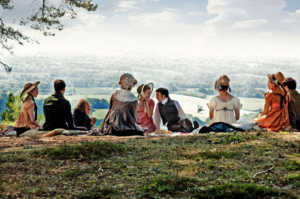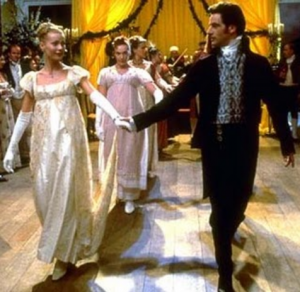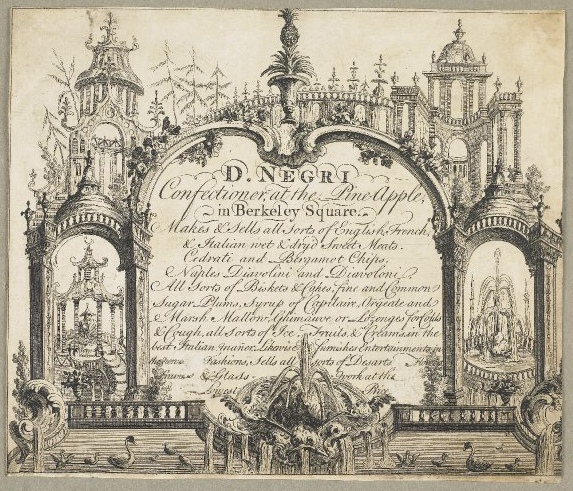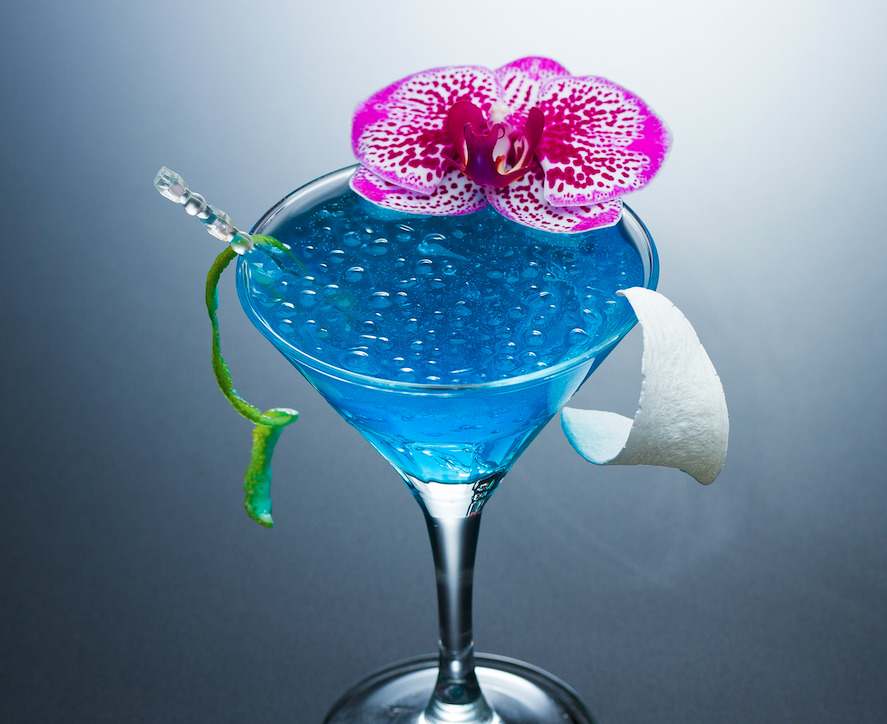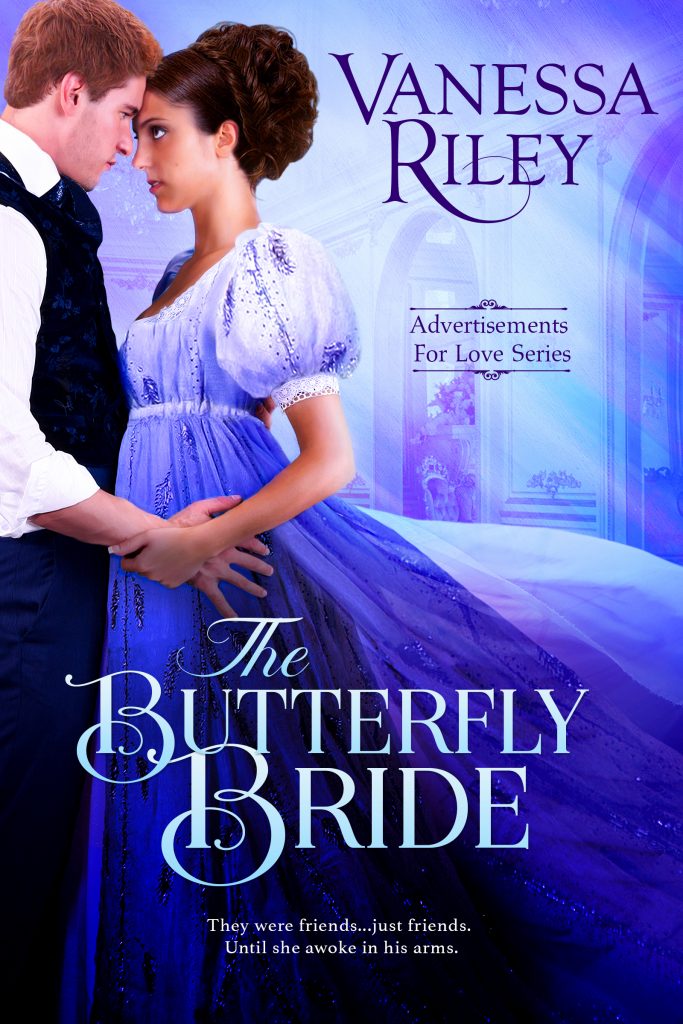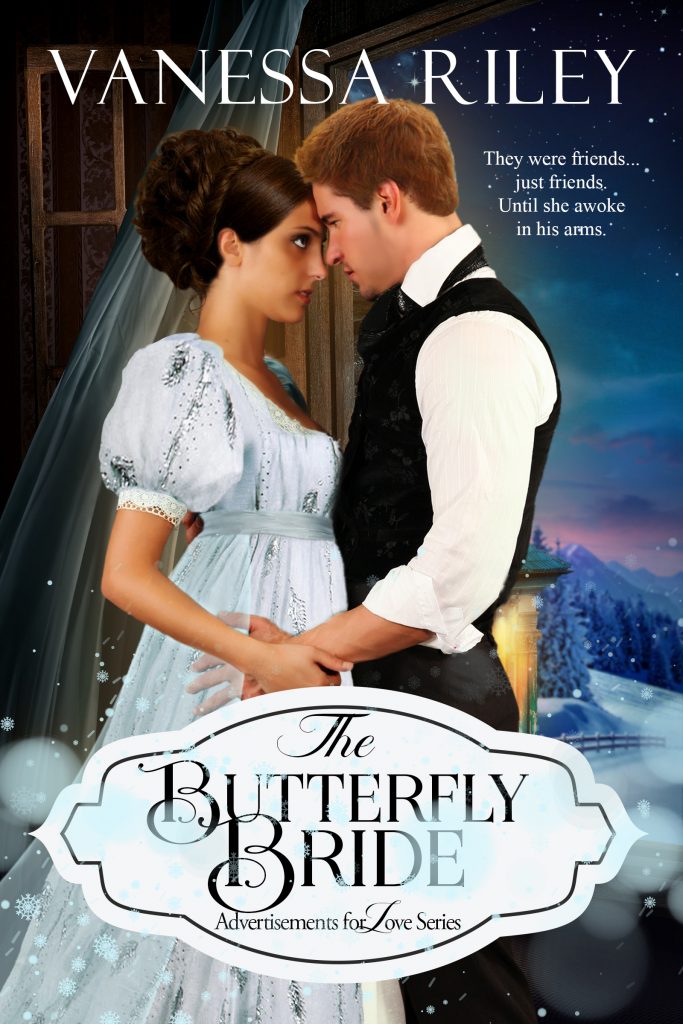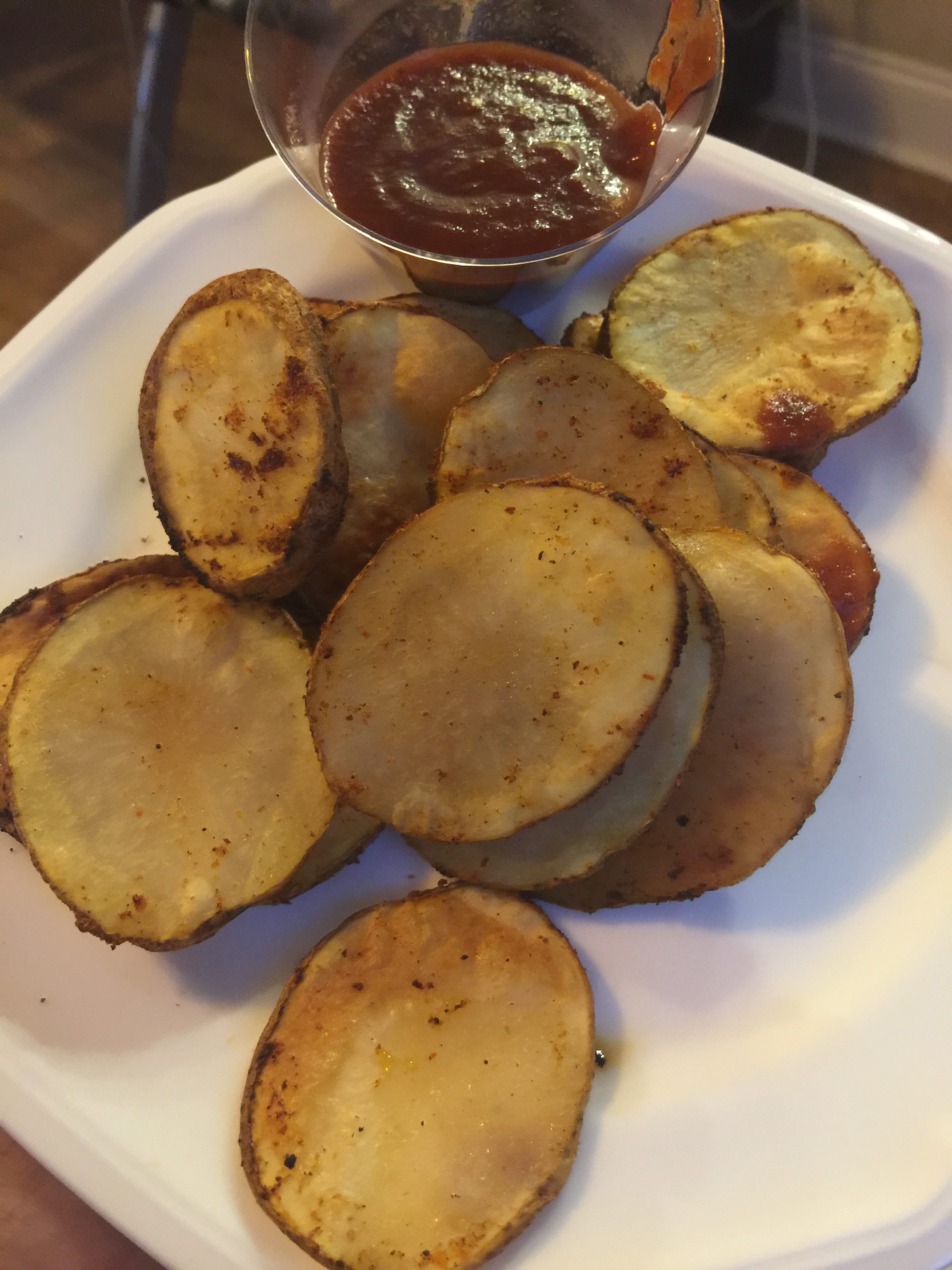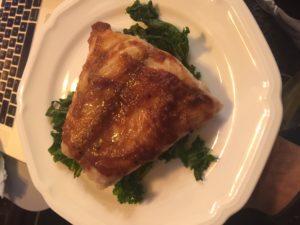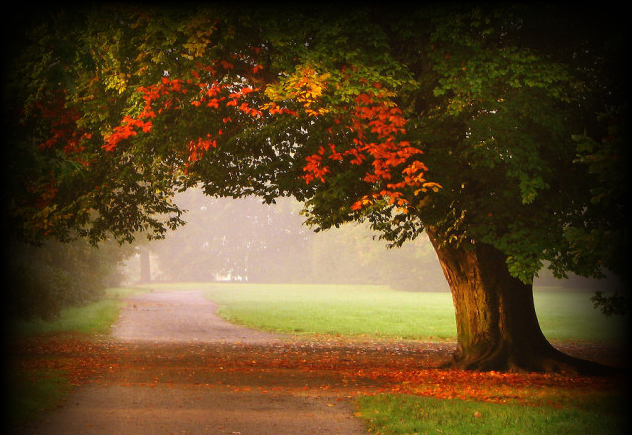 I noticed the tree from more than fifty yards away.
I noticed the tree from more than fifty yards away.
In fact, I’m sure I couldn’t have ignored it had I tried.
Its branches stretched a canopy out over the road. Its leaves had already begun to fall, creating a fiery blanket of orange and yellow on the surrounding grass. And though I hadn’t thought this would happen on a simple drive to the office, I was suddenly enchanted. It was as if the earth had whispered on a last August breeze and I was convinced to pause and appreciate its song. With it, I began to think about the shift from summer to autumn. It reminded me that on mild mornings such as that one, change is right around the corner.
It reminded me of the gift of beautiful days.
As the weather becomes cooler and the days grow short, we’ll soon be drawn indoors for much of our memory making. There will be new smells, tastes, sights and sounds to enjoy – all gifts of the senses that remind us of our blessings and God’s provision through the seasons of the year. As crisp nights and foggy mornings make their first appearance on the landscape, we will pass from the relaxing sanctuary of summer to the lively colors of autumn. And after all of the fun and frolic we’ve had in our August days here at Regency Reflections, we’re ready to move on and welcome the new season…
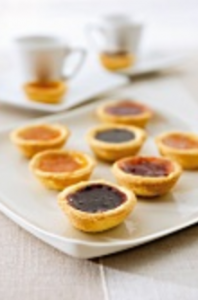 In the Regency years, autumn would usher in the enjoyment of tastes such as hartshorn, cranberry, and orange jellies (find tasty Jane Austen Centre at Bath recipes here), Barmbrack (a traditional Irish fruit bread), an array of harvest fruits (apples, pears, currants, apricots and grapes), mulled wines and spiced ciders, nuts, puddings, decadent trifles and warm, sweet confections. (Jam tartlets anyone?)
In the Regency years, autumn would usher in the enjoyment of tastes such as hartshorn, cranberry, and orange jellies (find tasty Jane Austen Centre at Bath recipes here), Barmbrack (a traditional Irish fruit bread), an array of harvest fruits (apples, pears, currants, apricots and grapes), mulled wines and spiced ciders, nuts, puddings, decadent trifles and warm, sweet confections. (Jam tartlets anyone?)
Can you smell the cinnamon? Perhaps taste the earthy nutmeg as it melts on your tongue? It would have been these new flavors that crossed-over into the harvest season to come.
The changing of seasons would also bring the last thrills of summer before the celebration of fall. Country dances would still be held outside (as long as the weather would hold) and many a Regency family would remain at their country homes through much of the hunting and holiday season, enjoying the great outdoors while the weather was still hospitable enough to entertain. Young men might be sent off back to school and young girls, usually engaged in a less formal education, would be enriched in their own knowledge with lessons in music, drawing, dancing and language studies at home.
Leaves would still fall and the harvest was still celebrated.
 There were still beautiful days.
There were still beautiful days.
Other than the fox hunting and hartshorn jelly of course, autumn in the Regency Era isn’t all that different from what we experience today. We’ve probably seen the children heading back to school. Vacations are likely over. It’s back to work through the week and relishing in the leisure on the weekends. Summer has passed and the harvest is here. And in the months to come, the authors of Regency Reflections will explore this beautiful season with you.
As seasons change, remember that memories of the fun and frolic in our summer days will warm the frosty nights to come. Remember that the God worshipped in the Regency Era is the same Father that orchestrates the transition of our seasons today. He creates the color of fallen leaves on our way to work. He generates the wind-whispers and the beauty in our changing days. And yes, His blessings are thoughtfully remembered as the harvest is brought in.
What will you remember most about the fun and frolic of your August summer days? What are you looking forward to celebrating in the new season ahead?
Welcome September, and may we find nothing but the gift of His beautiful days ahead.
~ Kristy
Originally posted 2012-08-31 10:00:00.


